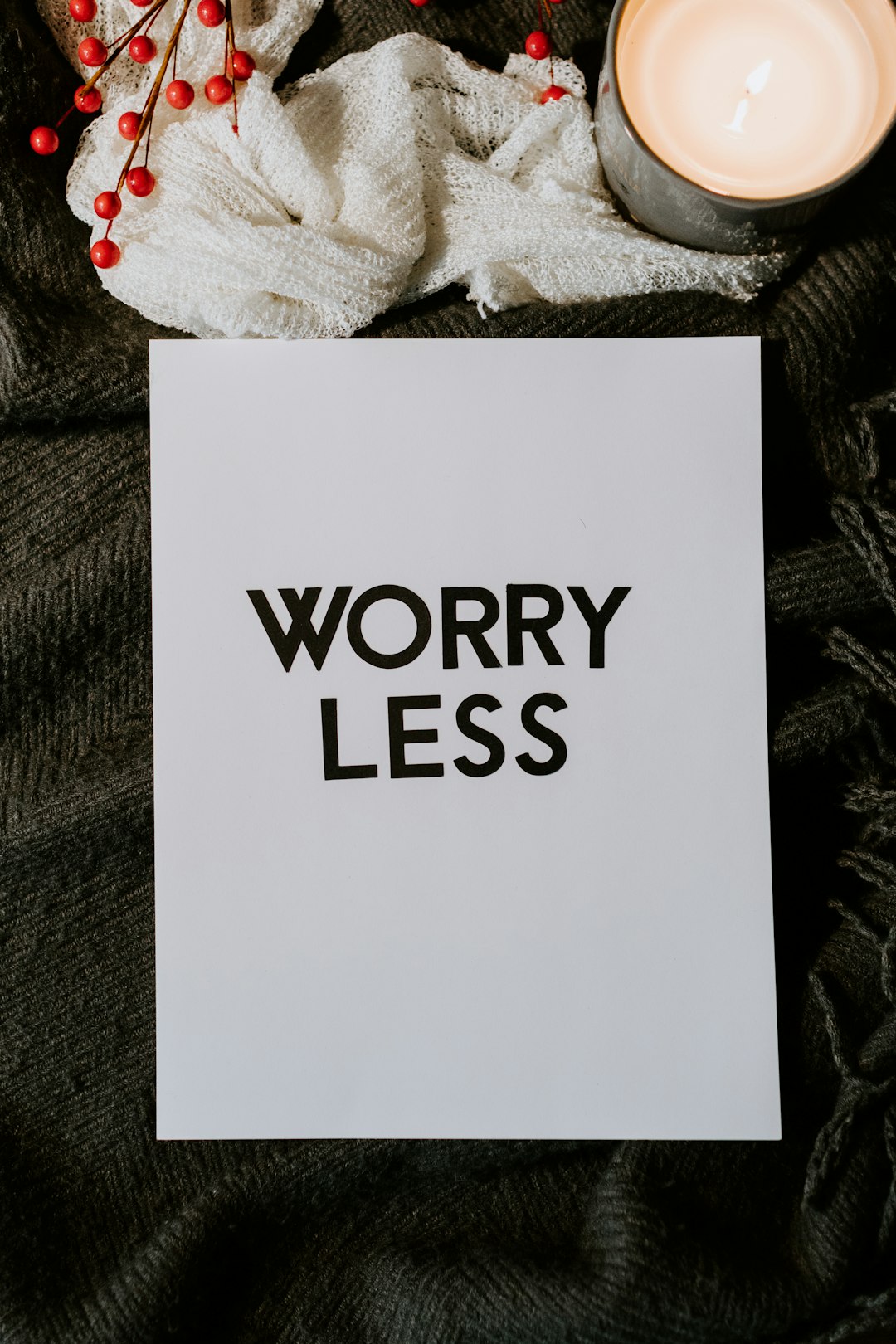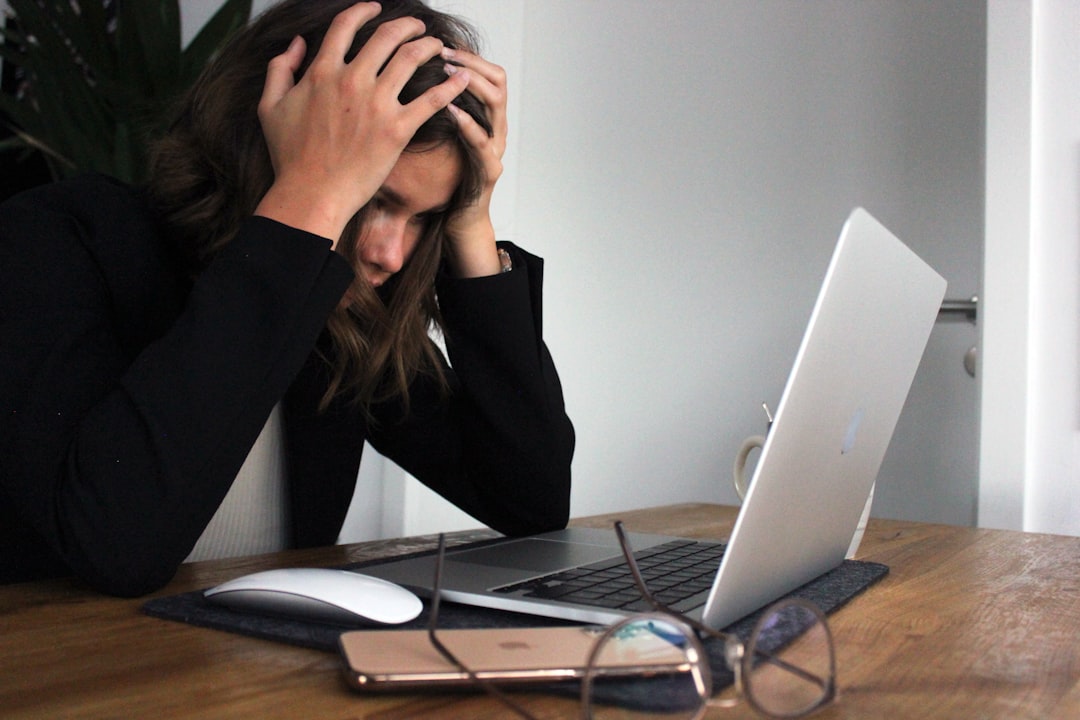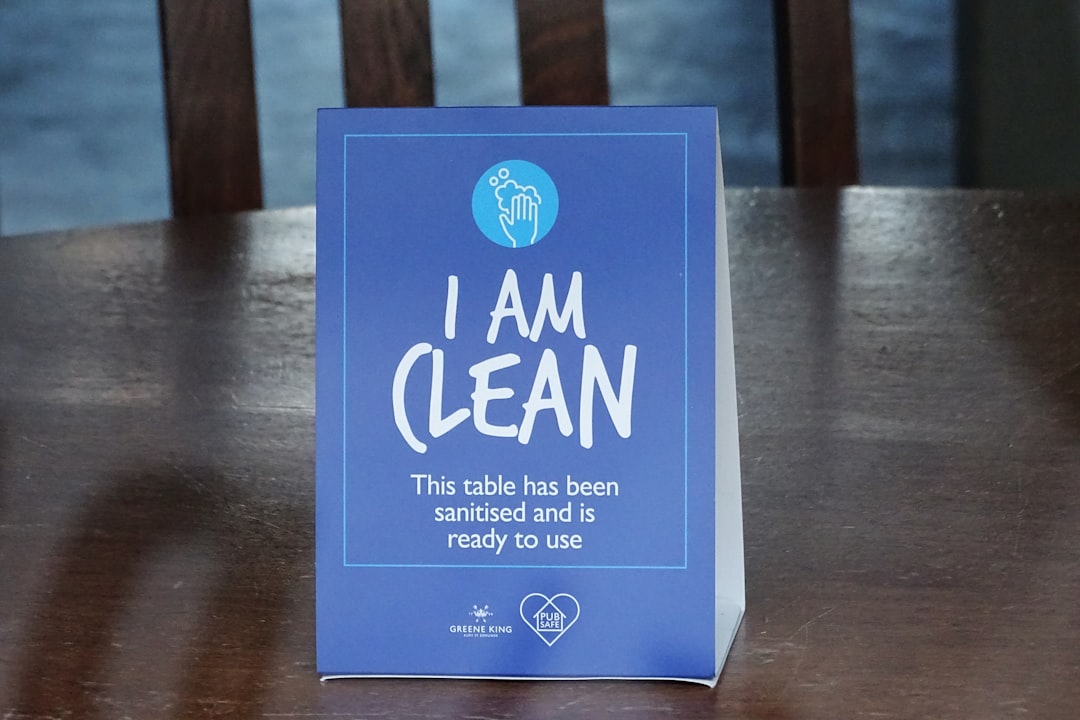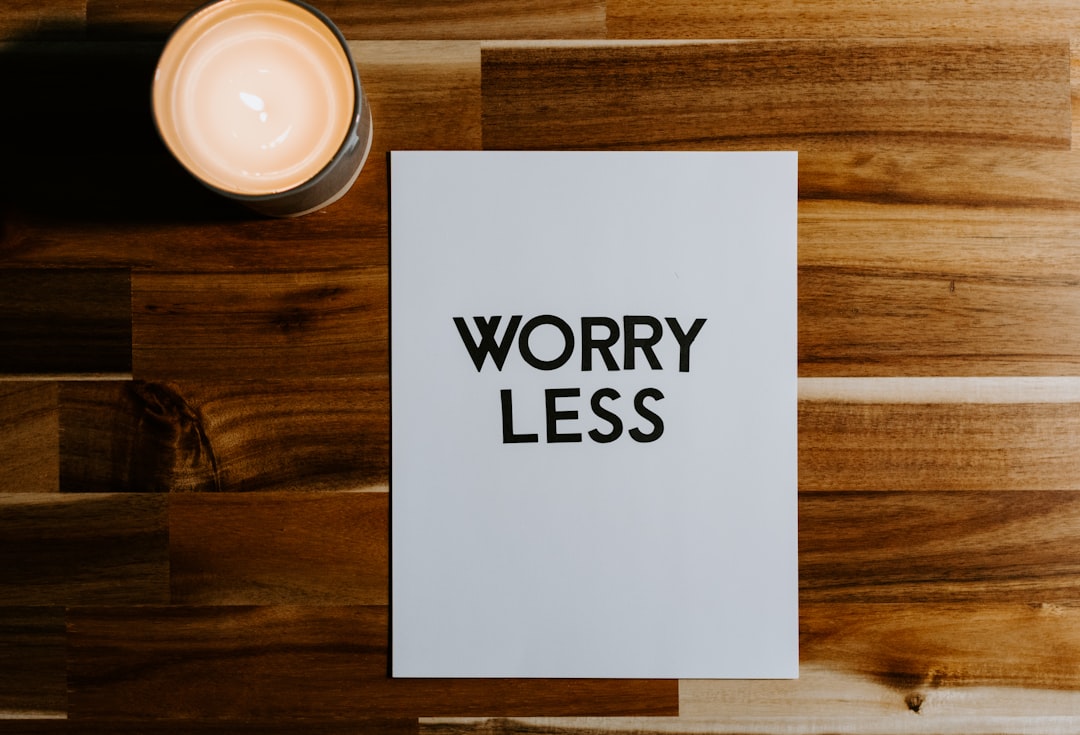Anxiety Symptoms: What Is Anxiety And Anxiety Disorder?
Introduction
Anxiety is an emotion that we all experience from time to time. For some, however, it can become persistent, overwhelming, and debilitating. Unchecked, it can lead to a full-fledged anxiety disorder. Knowing the signs and symptoms of anxiety can help you to improve your self-awareness and take steps to reduce the intensity and frequency of your anxiety. In this article, we will discuss the symptoms, types, and treatments of anxiety disorders, as well as how to manage your anxiety.
What is Anxiety?
Anxiety is a normal emotion that is experienced by people when they are apprehensive or fearful about certain situations. When it reaches an extreme level, however, it can become an anxiety disorder. Anxiety disorders are mental health conditions characterized by excessive worry or fear that interferes with a person's daily activities. Anxiety is far more serious than just feeling 'stressed out' or worried about regular life events.
At its core, anxiety is a physiological reaction to stress. When a person experiences a stressful situation, their body's 'fight or flight' response is activated, causing them to release stress hormones such as adrenaline and cortisol. These hormones help the body prepare to deal with the stressful situation by increasing heart rate, breathing rate, and muscle tone. This reaction can also cause increased alertness and physical changes such as tremors, headaches and other physical ailments.
When an individual experiences an anxiety attack, they may feel an intense fear or dread. This can be accompanied by physical symptoms such as a racing heart, difficulty catching one's breath, sweating, and trembling. An attack may last a few moments or several hours, and can be triggered by anything from a sound to a memory.
Anxiety can range from mild to severe, and can vary in intensity from day-to-day or even hour-to-hour. It is also important to recognize that anxiety is not the same for everyone and can manifest in different ways for different people. Some individuals may experience physical symptoms, while others experience psychological symptoms such as cognitive distortions or rumination.
Anxiety disorder is a recognized mental health condition that is classified as a severe and disabling disorder. To receive a diagnosis of an anxiety disorder, the patient must experience the symptoms of anxiety on an ongoing basis, and they must experience significant impairment in their daily functioning. Treatment for anxiety disorder typically includes both psychotherapy and medications, depending on the severity and nature of the disorder.
It is important to remember that anxiety is a normal part of life and can be managed with the right treatment and support. If you think you may be experiencing symptoms of an anxiety disorder, speak to your health care provider as soon as possible.

What Are the Symptoms of Anxiety?
Anxiety is a feeling of fear, unease, and/or apprehension about a situation or event. Anxiety symptoms can vary from mild to severe, depending on the individual. Generally, however, people with anxiety experience feeling tense, worried, and having difficulty sleeping. Other common symptoms include racing heart, sweating, shaking, feeling dizzy, and difficulty concentrating.
When these symptoms become more severe, a person may be experiencing an anxiety disorder. Anxiety disorders are psychological conditions that are characterized by intense and persistent fear, worry, and uneasiness. Anxiety disorders can severely interfere with one’s daily life, leading to issues with school, work, relationships, and other aspects of functioning.
Common anxiety disorders include Generalized Anxiety Disorder (GAD), Panic Disorder, Obsessive-Compulsive Disorder (OCD), Post-Traumatic Stress Disorder (PTSD), and Social Anxiety Disorder. Symptoms can include having frequent panic attacks, feeling constantly on edge, experiencing intrusive thoughts, having irrational worries and fears, and feeling physically ill due to stress and fear.
Anxiety attacks are an extreme form of anxiety that involve intense and sudden physical or psychological symptoms. Symptoms include shortness of breath, chest tightness, nausea, shaking, sweating, and dizziness. Anxiety attacks can be highly frightening and can cause people to feel as though they are in danger, even when there is no threat present.
If you think you may be experiencing symptoms of anxiety, it is important to speak to a mental health professional. Working with a therapist can help you to understand your symptoms better, develop coping strategies, and, ultimately, reduce the intensity of your anxiety.

Physical Symptoms
Anxiety can manifest in physical symptoms, which can range in intensity, frequency, and duration. People with anxiety disorders may experience physical symptoms like chest tightness, racing heart, and restlessness. These symptoms can become more severe if not properly managed and can lead to an anxiety attack.
The physical sensations associated with feelings of anxiety can include muscle tension, headaches, rapid heartbeat and breathing, sweating, and trembling or shaking. As anxiety intensifies, the person may experience difficulty breathing, dizziness, nausea, chest pain, and palpitations. These physical symptoms can be very distressing, and can lead to feelings of fear, panic, and dread.
Anxiety can also manifest in other physical symptoms, including insomnia, appetite changes, difficulty concentrating, and lack of energy. People with anxiety often feel physically exhausted and may experience digestive issues, such as constipation or frequent trips to the bathroom. Some people with anxiety may even feel chest pain or numbness in their limbs.
The physical symptoms of anxiety can be debilitating, impeding daily activities and life in general. It is important to seek help if you experience any of these symptoms, as they may point to an underlying anxiety disorder. Recognizing and treating the disorder can help reduce or eliminate the physical symptoms and restore a sense of balance.

Cognitive Symptoms
Cognitive symptoms are among the most commonly experienced anxiety symptoms. These symptoms are associated with an individual’s thoughts, perceptions, and beliefs. Common cognitive symptoms of anxiety include fear, excessive worrying, and difficulty concentrating. Fear is a normal human experience and is often a good warning sign that an individual should take action or avoid a particular situation. However, when fear is irrational or disproportionate to the situation, it can be indicative of an anxiety disorder.
Excessive worrying is another common cognitive symptom of anxiety. This symptom is characterized by ruminating thoughts and often involves worrying about potential future events or scenarios. Someone who experiences general anxiety disorder or an anxiety disorder related to a specific situation may have difficulty controlling their worrying.
Finally, difficulty concentrating is another cognitive symptom of anxiety. Difficulty concentrating can manifest itself in several ways, from an inability to focus on one task for an extended period of time to becoming easily distracted. Difficulty concentrating can significantly interfere with an individual’s ability to perform activities as simple as reading, studying, or completing work tasks.
These common cognitive symptoms of anxiety can be difficult to manage and can negatively impact an individual’s life. If you or someone you know is experiencing cognitive symptoms of anxiety, it is important to seek professional help and to understand the different types of anxiety disorders and the treatments available.

Behavioral Symptoms
When it comes to diagnosing an Anxiety disorder, the behavioral symptoms are the most important aspect to consider. Anxiety symptoms are physical, psychological, and behavioral. It is important to recognize the various symptoms when diagnosing an Anxiety disorder.
Behavioral symptoms of Anxiety can include difficulty concentrating, excessive worrying, avoiding certain situations, and difficulty making decisions. People with Anxiety may find making simple decisions or even small talk difficult. For example, people with Anxiety may struggle to pick out items from a store, or may freeze up when asked a question by someone they don’t know.
People with Anxiety may also experience physical symptoms such as chest tightness, shortness of breath, dizziness, nausea, and excessive sweating. These physical symptoms are often intertwined with the psychological symptoms of Anxiety, such as excessive worrying and difficulty concentrating.
People with Anxiety may also have difficulty sleeping, have difficulty being in crowded spaces, or have difficulty controlling their temper. These are all common Anxiety symptoms.
When an Anxiety attack occurs, the symptoms can be more intense and often involve a fear of losing control or fear of dying. People with Anxiety may experience a sense of panic, racing heart, and difficulty breathing. These symptoms can be so intense that they can impair a person’s ability to function normally.
It is important to understand the various types of Anxiety symptoms and what to look out for when diagnosing an Anxiety disorder. Proper diagnosis and treatment is essential for managing Anxiety symptoms and preventing future Anxiety attacks. If you are experiencing any of the above symptoms or think you may have an Anxiety disorder, it is important to seek help from a mental health professional.

What is an Anxiety Disorder?
Anxiety is a normal emotion that everyone experiences in response to certain experiences and situations. However, when this feeling becomes chronic or overwhelming and begins to interfere with daily life, it can be classified as an anxiety disorder. An anxiety disorder is an umbrella term for a group of mental health disorders that cause someone to feel overwhelming fear or worry that is out of proportion to the immediate situation. People with anxiety disorder often have difficulty with everyday activities and functioning due to their feelings of fear and worry.
Anxiety disorders fall into several different categories, including Generalized Anxiety Disorder (GAD), Panic Disorder, Social Anxiety Disorder, and Obsessive Compulsive Disorder (OCD). Each of these anxiety disorders can cause different anxiety symptoms, and are usually diagnosed by a mental health professional.
The most common symptom of all anxiety disorders is excessive worry and fear, which can cause worry and anxiety-induced panic attacks. Panic attacks can be persistent and unpredictable, lasting for several minutes or hours, and can cause physical symptoms such as a rapid heartbeat, shortness of breath, chest pain, and dizziness. People with anxiety disorder may also experience intrusive thoughts and compulsions, which can lead to problems with their relationships, work, and school.
Treatment for anxiety disorder typically involves a combination of medications and therapy, but the best course of treatment depends on each individual’s particular needs and circumstances. People with anxiety disorder can benefit from a variety of therapies such as cognitive behavior therapy (CBT), dialectical behavior therapy (DBT), psychodynamic therapy, and mindfulness-based stress reduction (MBSR). Medications used to treat anxiety disorder include selective serotonin reuptake inhibitors (SSRIs), serotonin-norepinephrine reuptake inhibitors (SNRIs), and benzodiazepines.
Anxiety disorder can be very disruptive to someone’s life and it is important to seek help from a mental health professional if you or someone you know is experiencing anxiety symptoms. With appropriate treatment and support, people with anxiety disorder can manage their symptoms and live a fulfilling and meaningful life.

Generalized Anxiety Disorder (GAD)
Generalized Anxiety Disorder, commonly known as GAD, is a psychological condition characterized by persistent and excessive worries about everyday life events. The worries are excessive, irrational, and interfere with daily life activities. People with GAD experience persistent chronic anxiety and fear without any clear cause.
Anxiety symptoms associated with GAD may include restlessness, fatigue, irritability, difficulty concentrating, muscle tension, and sleep disturbance. In some cases, physical symptoms such as nausea, sweating, trembling, and palpitations may also be present. People with GAD may choose to avoid social activities or situations that might cause anxiety.
GAD treatment typically involves a combination of medication, counseling and lifestyle changes. Cognitive Behavioral Therapy (CBT) is commonly used to help people identify and modify any distorted thinking that contributes to the anxiety symptoms. Medication may also be prescribed to help reduce the severity of symptoms.
It is important to remember that if you are experiencing anxiety symptoms, it is important to seek help. Anxiety disorders can be successfully treated with the right combination of medications, counseling, and lifestyle changes. With the right support and treatment, most people with GAD can lead a full and productive life.

Panic Disorder
Panic disorder is characterized by sudden and recurrent episodes of intense fear and panic. People with this disorder experience intense fear or pain that can be accompanied by a variety of physical and psychological symptoms such as trembling, racing heart, sweating, breathing difficulties, feelings of choking, fear of losing control, fear of dying, and nausea.
People with panic disorder may also experience anticipatory anxiety, which occurs when they anticipate another panic attack, and anxiety over the implications of the attack. This can manifest as physical symptoms such as restlessness, stomachache, insomnia, or headaches.
Panic attacks usually begin suddenly and without warning. They may last only a few minutes or longer. The intensity of the attack can vary, ranging from mild to severe. People may also experience anticipatory anxiety prior to a panic attack, which can make the attack worse.
Panic disorder is usually treated with medications such as selective serotonin reuptake inhibitors (SSRIs) and serotonin-norepinephrine reuptake inhibitors (SNRIs). Psychotherapy is also recommended to help people manage their anxiety and cope with the physical symptoms of panic disorder.
If you are experiencing symptoms of anxiety or panic disorder, it is important to seek help as soon as possible. A healthcare professional can help you diagnose your condition and develop an individualized treatment plan. Early treatment can help reduce the severity and frequency of panic attacks and improve symptoms.

Social Anxiety Disorder
Social Anxiety Disorder (SAD) is a type of anxiety disorder characterized by feelings of intense fear and distress in social or performance situations. People with SAD may feel a profound sense of dread and unease in public settings or when interacting with other people. They may also experience physical symptoms such as a racing heart, sweating, difficulty speaking, or trembling.
People with SAD often become overwhelmed with fear and worry in social situations, leading them to avoid or flee from such situations. The fear of being judged or humiliated, of saying or doing something wrong, of being rejected or disliked, or of appearing foolish in front of others can make it difficult for people with SAD to form relationships or participate in activities they once enjoyed.
The symptoms of SAD can be broken down into three primary categories: physical symptoms, cognitive symptoms, and emotional symptoms. Physical symptoms of SAD include trembling, sweating, blushing, rapid heart rate, difficulty breathing, and a feeling of being “on edge” or hypervigilant. Cognitive symptoms include intrusive thoughts or worries, difficulty concentrating, difficulty speaking, and difficulty remembering what was just said. Lastly, emotional symptoms include feelings of intense fear, doom, or panic in social situations, as well as feelings of worthlessness and low self-esteem.
If you or someone you know is experiencing symptoms of SAD, it is important to seek professional help from a mental health professional.
With proper treatment, symptoms of SAD can be effectively managed. Common treatments for SAD include cognitive behavioral therapy, exposure therapies, and medications such as selective serotonin reuptake inhibitors (SSRIs). Working with a mental health professional can help you develop coping skills, gain insight into your thoughts and feelings, and learn how to navigate social situations with more confidence and ease.
No matter how overwhelming the symptoms of SAD may seem, remember that there are options for getting help and support. With the right treatment, it is possible to manage the symptoms of SAD and to live a fulfilling life.

Specific Phobias
A specific phobia is an intense, irrational fear of certain objects or situations. The fear is usually out of proportion to the danger posed by the object or situation and is usually accompanied by strong physical and psychological reactions such as increased heart rate, sweaty palms, trembling and even panic attacks. Specific phobias can be further divided into five categories: animal phobias, natural environment phobias, blood-injection-injury phobias, situational phobias, and other phobias.
Animal phobias include fear of animals such as spiders, snakes, and rodents. Natural environment phobias include fear of heights, storms, and water. Blood-injection-injury phobias include fear of needles, blood, or injury. Situational phobias include fear of flying, enclosed spaces, and crowded places. Other phobias include fear of clowns, fear of snakes, fear of bridges, fear of elevators, fear of flying, fear of the dark, fear of thunder, fear of clowns, fear of ghosts, fear of heights, and fear of public speaking.
The signs and symptoms of a specific phobia vary depending on the individual and the phobia. Common symptoms include excessive and irrational fear and anxiety, avoidance of the feared object or situation, physical symptoms such as sweating, trembling, rapid heartbeat, and nausea, and difficulty concentrating or thinking. In severe cases, the person may experience a panic attack when exposed to the feared object or situation.
The cause of specific phobias is not known. However, it is believed that the condition may be linked to genetics, stressful life events, or something that was experienced or learned at an early age.
Treatment for specific phobias often includes psychotherapy, such as cognitive-behavioral therapy or exposure therapy. In some cases, medication may also be used to help with anxiety symptoms.
In conclusion, a specific phobia is an intense, irrational fear of certain objects or situations. It is important to recognize the signs and symptoms of a specific phobia in order to seek help and treatment. With the right treatments, people with specific phobias can learn to manage their anxiety and live a more fulfilled life.

Exercise and Physical Activity
Physical activity can be a great way to reduce anxiety symptoms. Exercise releases natural chemicals in your body, such as endorphins, that can reduce stress and boost your mood. Regular physical activity has also been found to help improve overall mental health and reduce the symptoms of anxiety by providing a distraction from anxious thoughts and providing a sense of control.
For best results, try to exercise a few times a week. Start small and gradually increase the intensity and duration of your activities. Aim to engage in both aerobic and strengthening activities to give yourself an overall health boost. Examples of aerobic activities include walking, running, swimming, biking, or using an elliptical machine. Strengthening activities could include lifting weights or using exercise bands.
Mindfulness activities, such as yoga, tai chi, and meditation, can also help reduce anxiety symptoms. Mindfulness activities involve focusing your attention on the present moment and letting go of anxious thoughts. Regular practice of mindfulness can help you to be more mindful of your anxious thoughts and help reduce them.
It's important to remember that exercise and physical activity should not be seen as a treatment for anxiety. If you have been diagnosed with an anxiety disorder, it is recommended to seek professional help. Exercise can be a great supplement to help reduce anxiety symptoms, but it should not be used as a substitute for getting proper treatment.

Conclusion
Based on the discussion of Anxiety, Anxiety Disorder, and the various Symptoms and Phobias associated, it can be concluded that Anxiety is an incredibly common and complex illness that affects many people around the world. It is important to remember that although there are certain treatments and strategies that are known to be effective in managing the symptoms of Anxiety, each individual is unique, and the only way to truly know what works best for the individual is to speak with a Professional. Furthermore, it is imperative to understand that seeking professional help is not a sign of weakness, but rather a sign of strength and courage. With the proper treatment and support, it is possible to live a life free of the debilitating effects of Anxiety.
